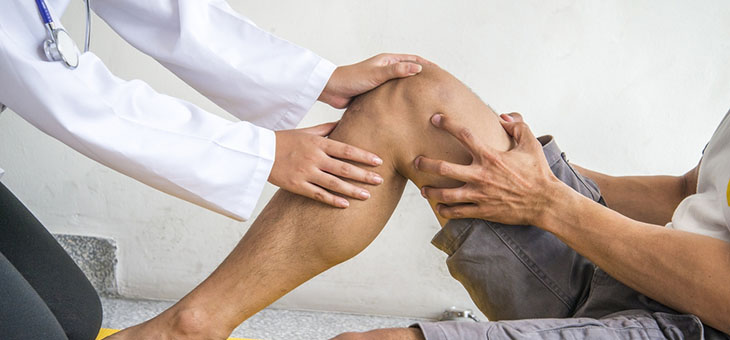Knee and hip replacements for osteoarthritis are expected to rise by up to 276 per cent by 2030, costing Australia’s health care system over $5 billion, according to new research.
A new study has found that obesity and an ageing population will be the main drivers of growth in joint replacement surgeries for osteoarthritis, with people aged over 40 more likely to undergo surgery.
The 2030 projections are based on data obtained through the Australian Orthopaedic Association National Joint Replacement Registry (AOANJRR) which includes joint replacement procedures performed across Australia from 2003 to 2013.
The study, published in BMC Musculoskeletal Disorders, found:
- Knee-replacement procedures for osteoarthritis were forecast to increase by 276 per cent (from 42,920 procedures in 2013 to 161,231 in 2030).
- Hip replacement procedures for osteoarthritis were predicted to rise by 208 per cent (from 25,945 procedures in 2013 to 79,795 in 2030).
- The proportion of Australian adults who are overweight or obese is anticipated to exceed 70 per cent by 2030, resulting in an extra 25,000 knee replacement surgeries, costing an additional $521 million.
- Reducing obesity levels in Australia by five per cent could result in up to 8062 fewer procedures – saving $170 million.
Hip and knee replacements remain cost-effective operations for patients with end-stage arthritis. Numerous studies have demonstrated decreased pain, improved function and better quality of life following joint replacement.
But study author, Associate Professor Ilana Ackerman, from Monash University’s School of Public Health and Preventive Medicine, said the study raised concerns about Australia’s capacity to meet future national demand for joint replacement surgery.
“If surgery trends for osteoarthritis continue, Australia faces significant healthcare budget and health workforce implications,” Associate Professor Ackerman said.
“These results provide a strong policy and public health argument for supporting weight-loss campaigns and interventions. Strategies to reduce national obesity could produce important knee replacement-savings.”
Co-author Richard de Steiger said meeting the large growth in surgical demand will also prove challenging for Australia, due to pressures on the surgical workforce and health budgets.
“Careful planning is needed to manage the impact of the expected rise in hip and knee replacements on the surgical workforce, operating theatre wait-times, and the pressure on hospital administration,” said Professor de Steiger
“Maintaining patient access to these procedures to enable improved quality of life and reduced pain is essential.”
The study was conducted to raise awareness of the problem and to inform future healthcare resource planning policies.
Associate Professor Ackerman said: “In order to meet joint replacement demand in 2030 and beyond, investment in prevention programs designed to limit obesity and other causes associated with hip and knee burden in Australia demands serious consideration.”
Have you had a knee or hip replaced? How long did you have to wait for the surgery? Are you currently on a waiting list to have your knee or hip replaced? How long have you been waiting?
Related articles:
Science cracks Alzheimer’s mystery
Dangers in your medicine cabinet
Lose weight and keep it off

